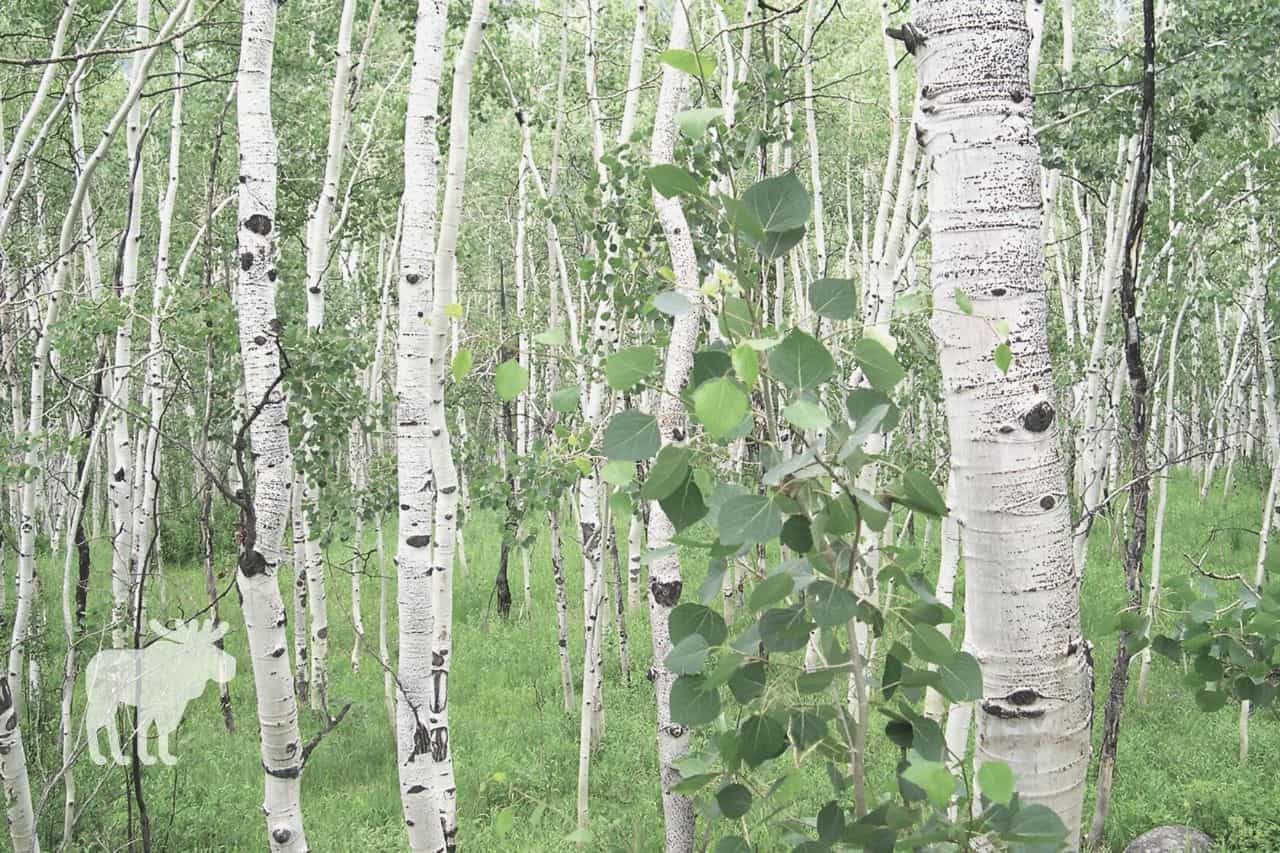There are many different kinds of trees, and it can be easy to confuse species that look similar to each other. Birch and alder are two such species; they grow in many of the same parts of the world and have some similar physical characteristics. So, how can you tell them apart? What are the differences between birch and alder? Read on to find out.
What You'll Learn Today
What Is a Birch Tree?

There are around 60 unique species of birch trees, all of which belong to the genus Betula in the family Betulaceae. They can be found in cool, damp habitats throughout North America, Europe, and Asia.
Birch trees are known for their white, papery bark that peels away from the trunk easily. They also have a tendency to grow close together; it’s not uncommon to see several trunks growing up from the same base.
Birch leaves are broad and triangular in shape with serrated edges. They turn a brilliant yellow in the fall.
These trees produce male catkins each summer; female catkins don’t show up until the following spring and have a vaguely cone-like appearance. Seeds are released in the form of small winged samaras.
To learn more about birch trees, check out the video below:
What Is an Alder Tree?
Like birch trees, alder trees belong to the family Betulaceae and are found in northern temperate regions of North America, Europe, and Asia. There are about 30 species of alders, all of which belong to the genus Alnus.
Alder trees vary in appearance from species to species: some have whitish-colored bark, like birches, while others have more grayish-brown bark. The bark is usually scaly.
Alders have broad, serrated leaves that are generally oval in shape. The leaves of most alder species either turn brown or don’t change color before falling in autumn.
Alder trees produce both male and female catkins in the early spring; males are long and narrow, while females are shorter and rounder. The female catkins mature into seed-filled strobiles, which look like small pine cones and remain on the tree through the winter.
Find out more about alder trees by watching the following video:
Differences Between Birch and Alder
Now that you know a little more about each kind of tree, let’s talk a little more about some of their differences so you can learn how to tell them apart.
Foliage
As noted above, both birches and alders have broad, serrated leaves. But there are several notable differences between the leaves of these two trees.
First off, birch leaves are pointed, while alder leaves are rounded and flat on the end. Depending on the species, alder leaves may also be larger than birch leaves.
What’s more, birches produce strikingly beautiful yellow fall foliage. Alders, on the other hand, are not particularly showy; their leaves drop to the ground either without changing color or after turning a drab brown.
Catkins
Birches and alders both reproduce by producing catkins, or long, wispy flowers. The male catkins produce pollen to fertilize the female catkins, which develop into cone-like structures that hold seeds.
Though the male catkins look similar on both trees, the female catkins look different.
On alder trees, the catkins are rounded during the summer and have a more woody, pine cone-like appearance in the winter. On birch trees, female catkins also look a little like cones, but they are much more delicate and papery in appearance.
Another difference has to do with when the catkins appear. Alder catkins emerge early in the spring, before the leaves; meanwhile, male birch catkins emerge in late summer, with the females developing the following spring.
Bark
It isn’t always easy to tell birch and alder trees apart by looking at the bark; depending on the variety of alder in question, the bark may look very similar to birch bark.
That said, the quality and texture of the bark is different when comparing the two trees. Birches have papery bark that can easily be pulled off in sections; alder bark is more scaly and doesn’t break off as easily.
Additionally, some species of alders have bark that is much darker than birch bark. It may be grayish or light brown in appearance, while birch bark is typically white, light gray, or yellowish.
Size
Both birches and alders vary in size depending on the species. Generally speaking, they may appear as large shrubs or small to medium-sized trees.
Birch trees generally range from 40 to 70 feet tall, though select species may reach 80 feet or taller.
Alder trees have a much wider range of possible sizes. The green alder may be as short as 6 to 14 feet; on the other hand, the coastal red alder can reach heights exceeding 120 feet.
Wood
Alders and birches vary significantly when it comes to the properties of their wood. For starters, birch wood is usually pale yellow, though some species have darker reddish-brown wood; meanwhile, alder wood is almost always a rich reddish brown in color.
Alder wood is denser and harder than birch wood and can be challenging to work with due to its tendency to break. The softer wood of birch trees is more lightweight and much easier to work with.
The grain of the wood is noticeably different in these two trees as well. Birch trees produce straight, even grains, while alder wood has a more irregular pattern.
Conclusion
Alders and birches belong to the same scientific family of trees, and they have a few similarities. However, they also have many notable differences that you can use to distinguish them, including the shape and color of their foliage, the catkins they produce, and the properties of their wood.